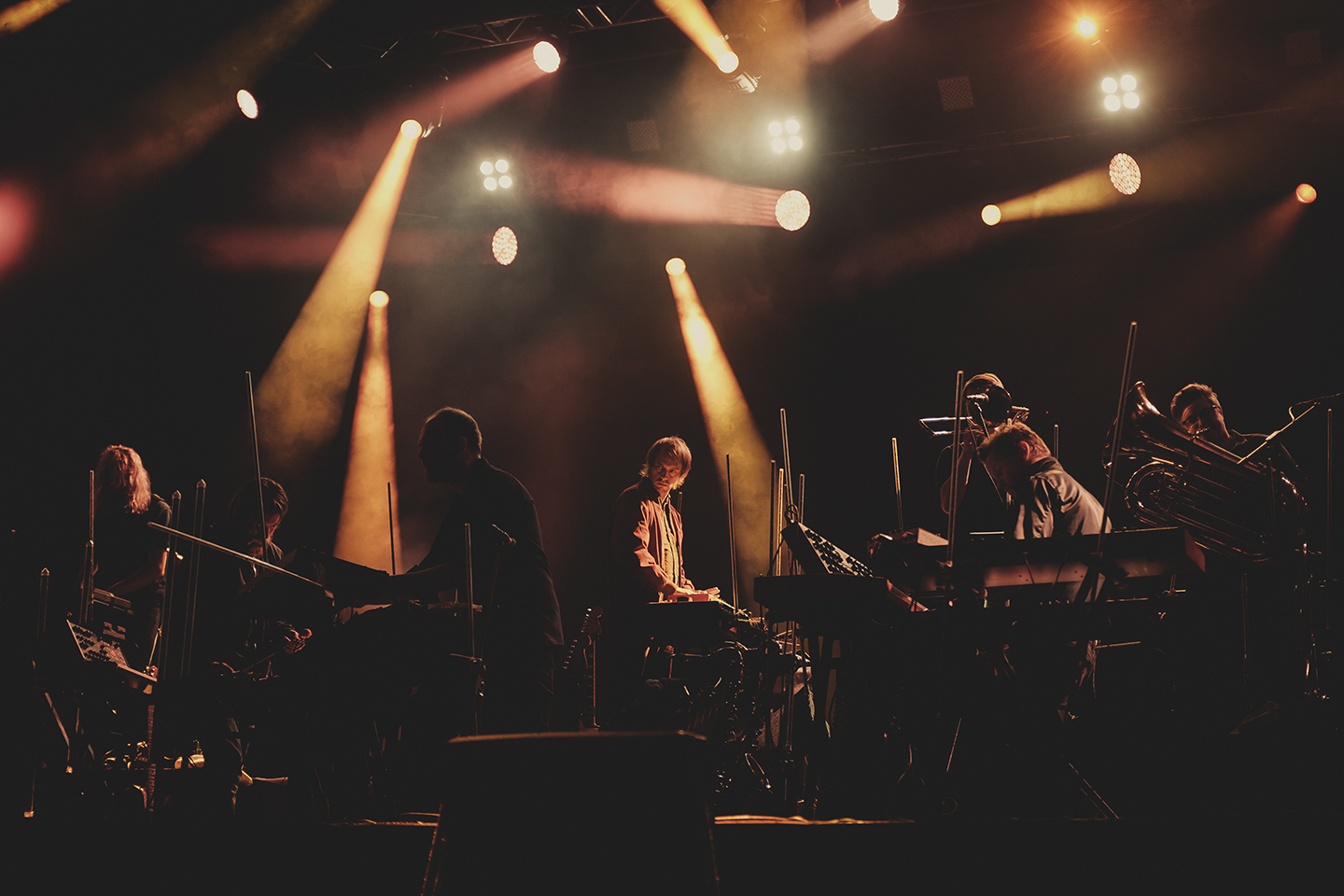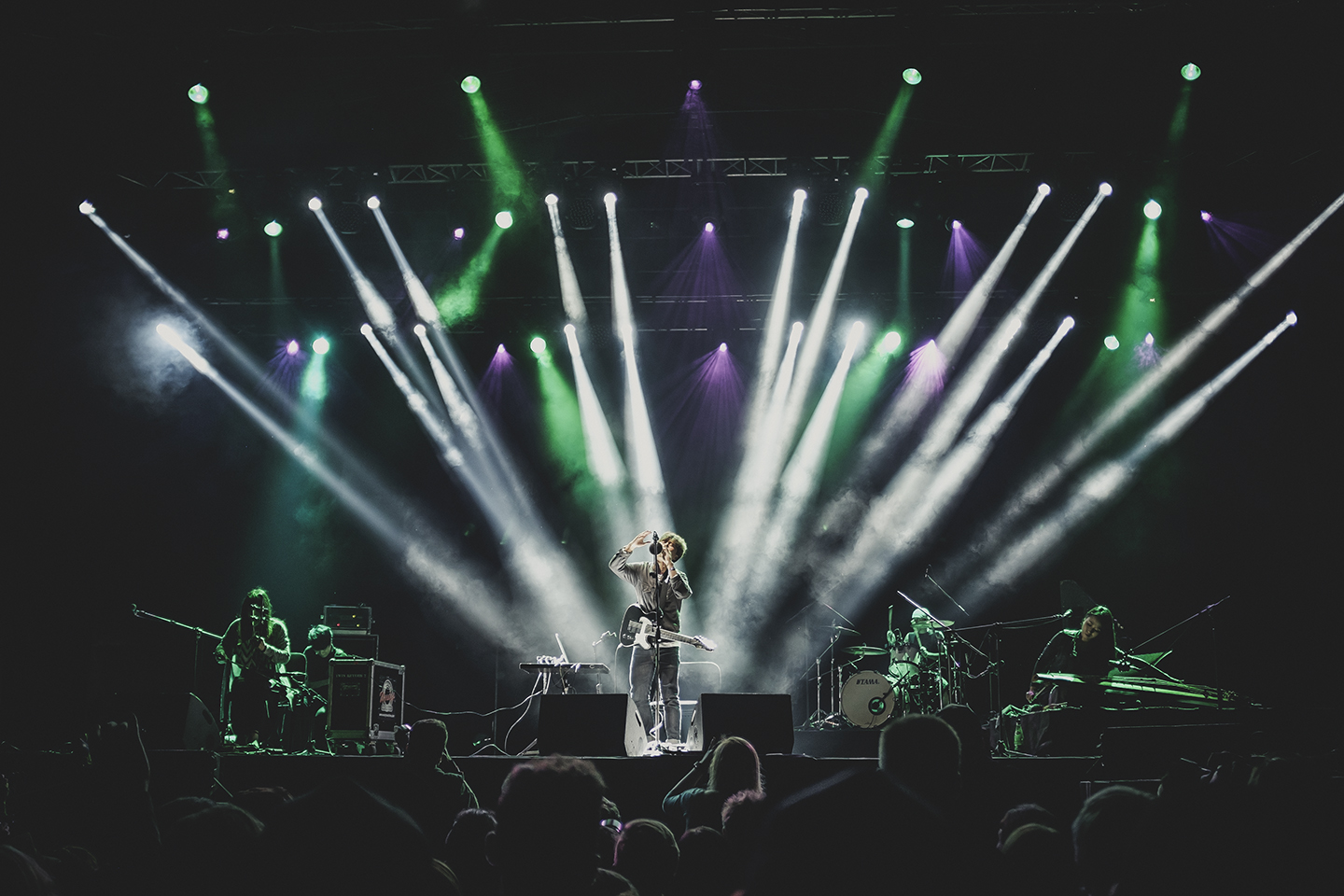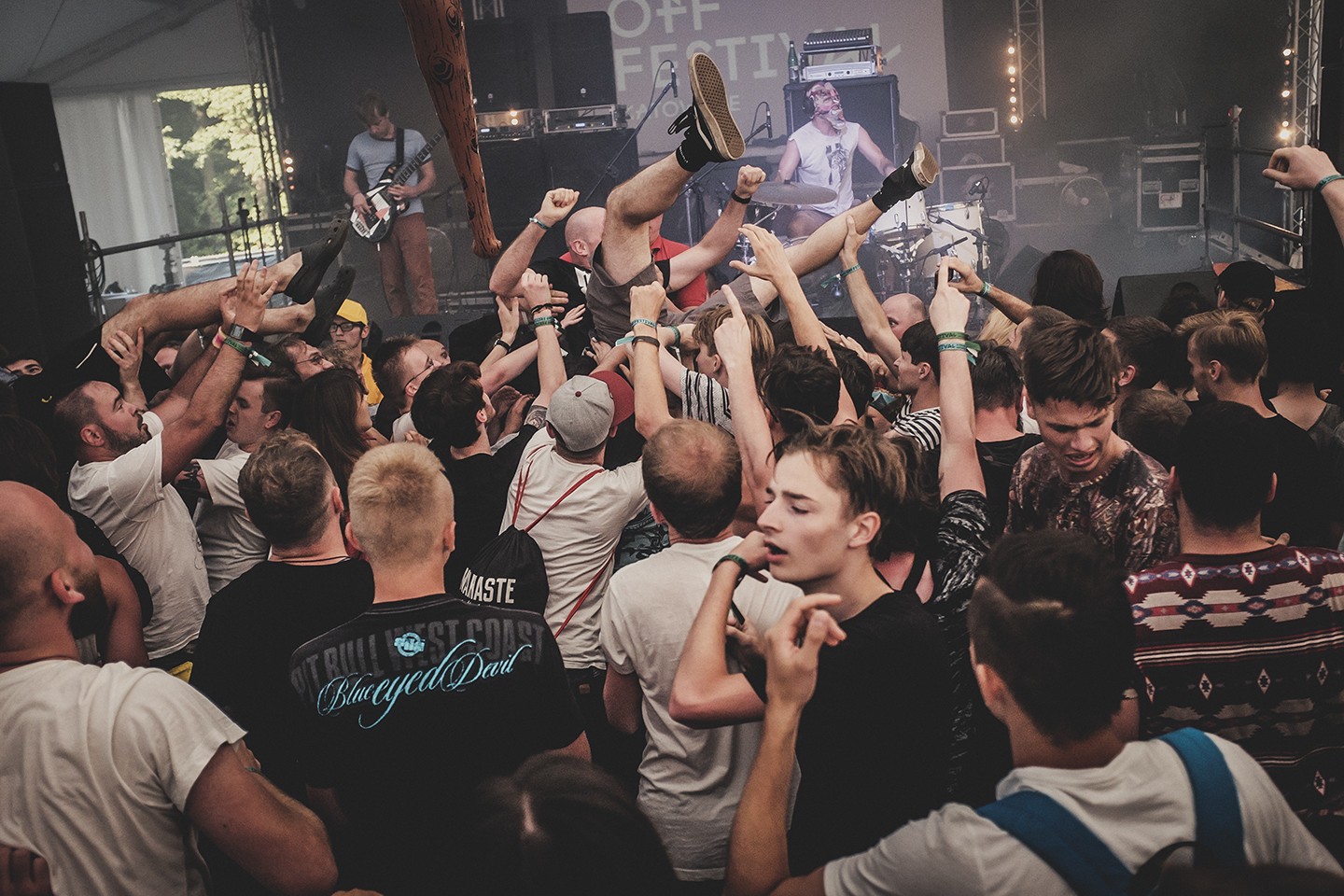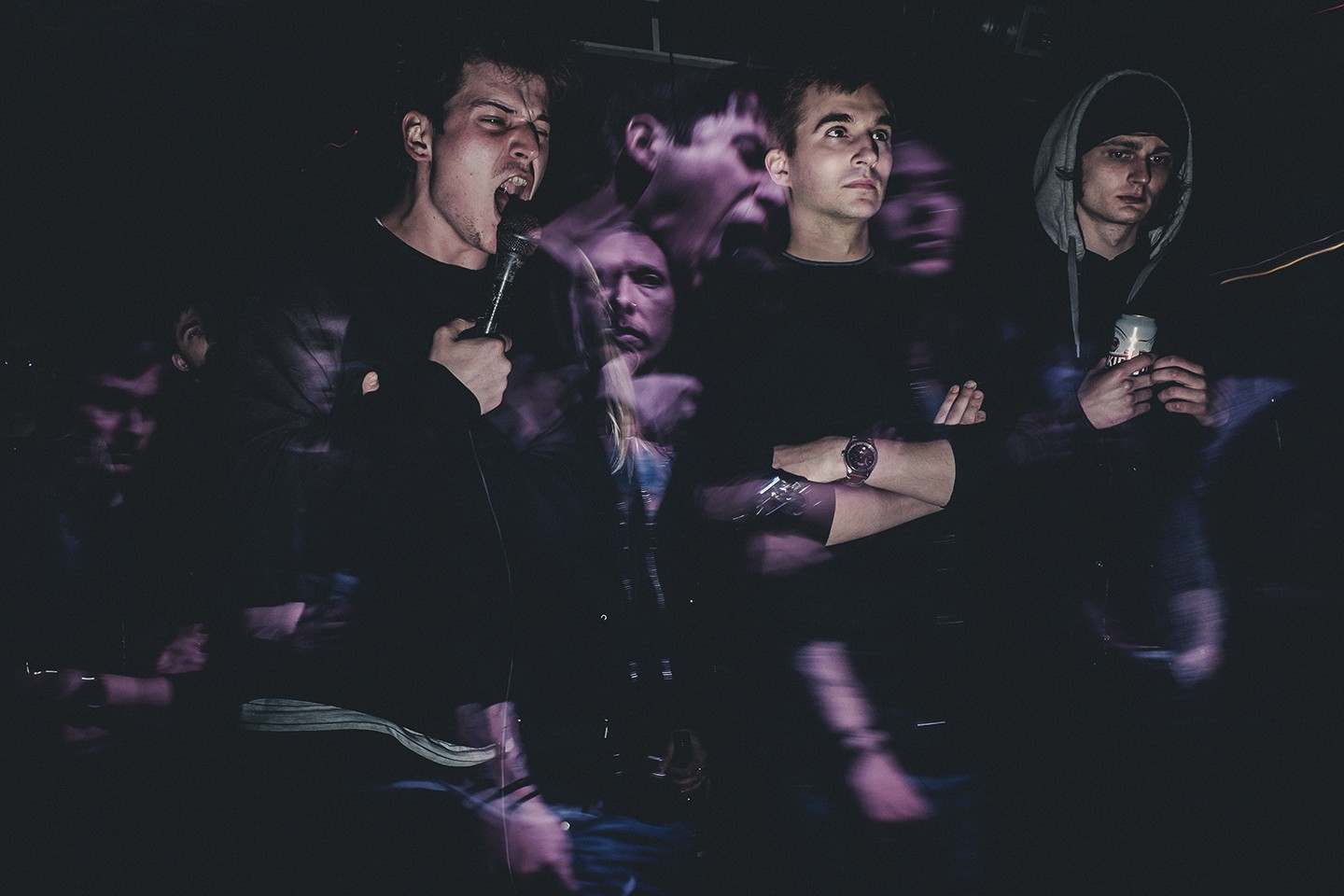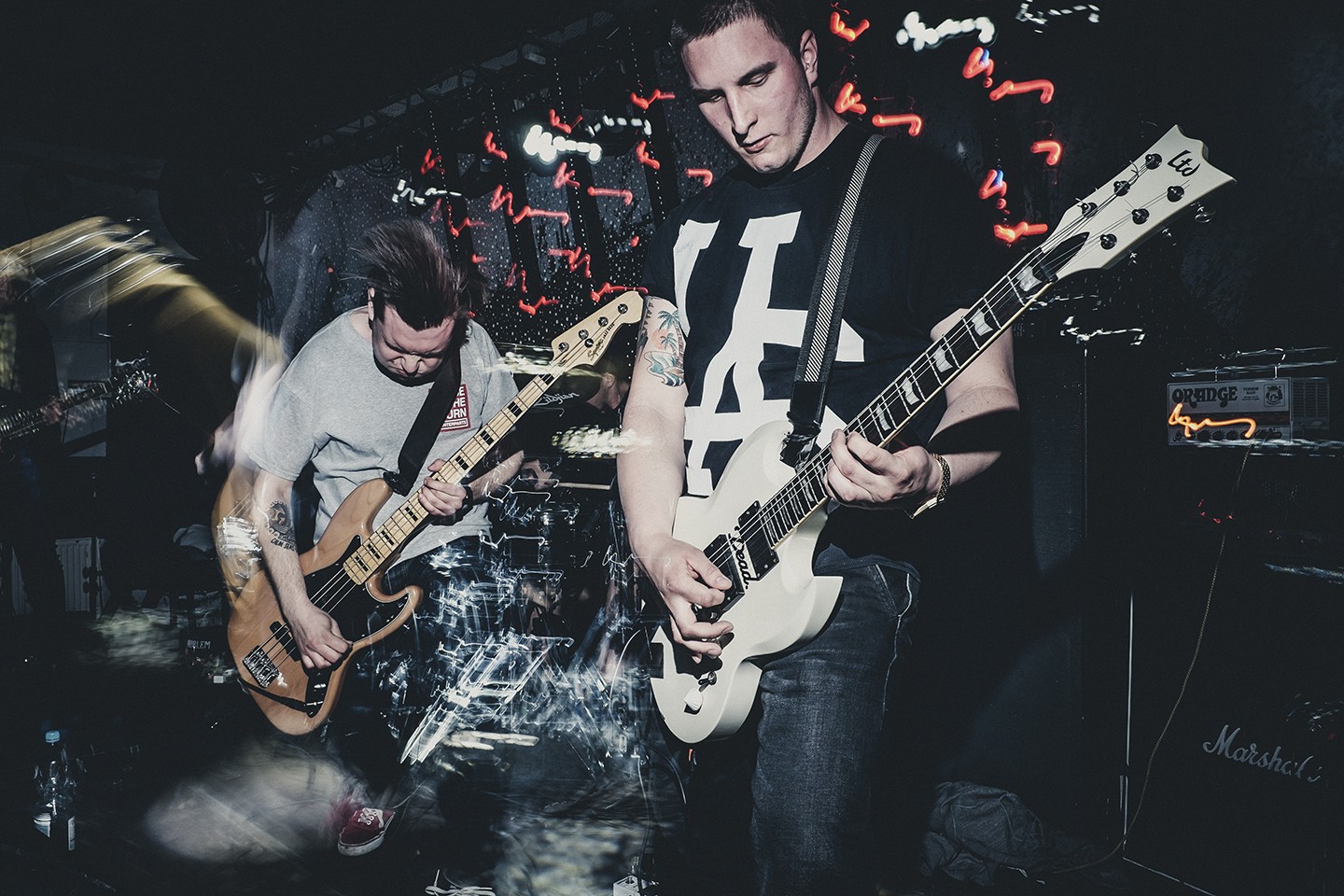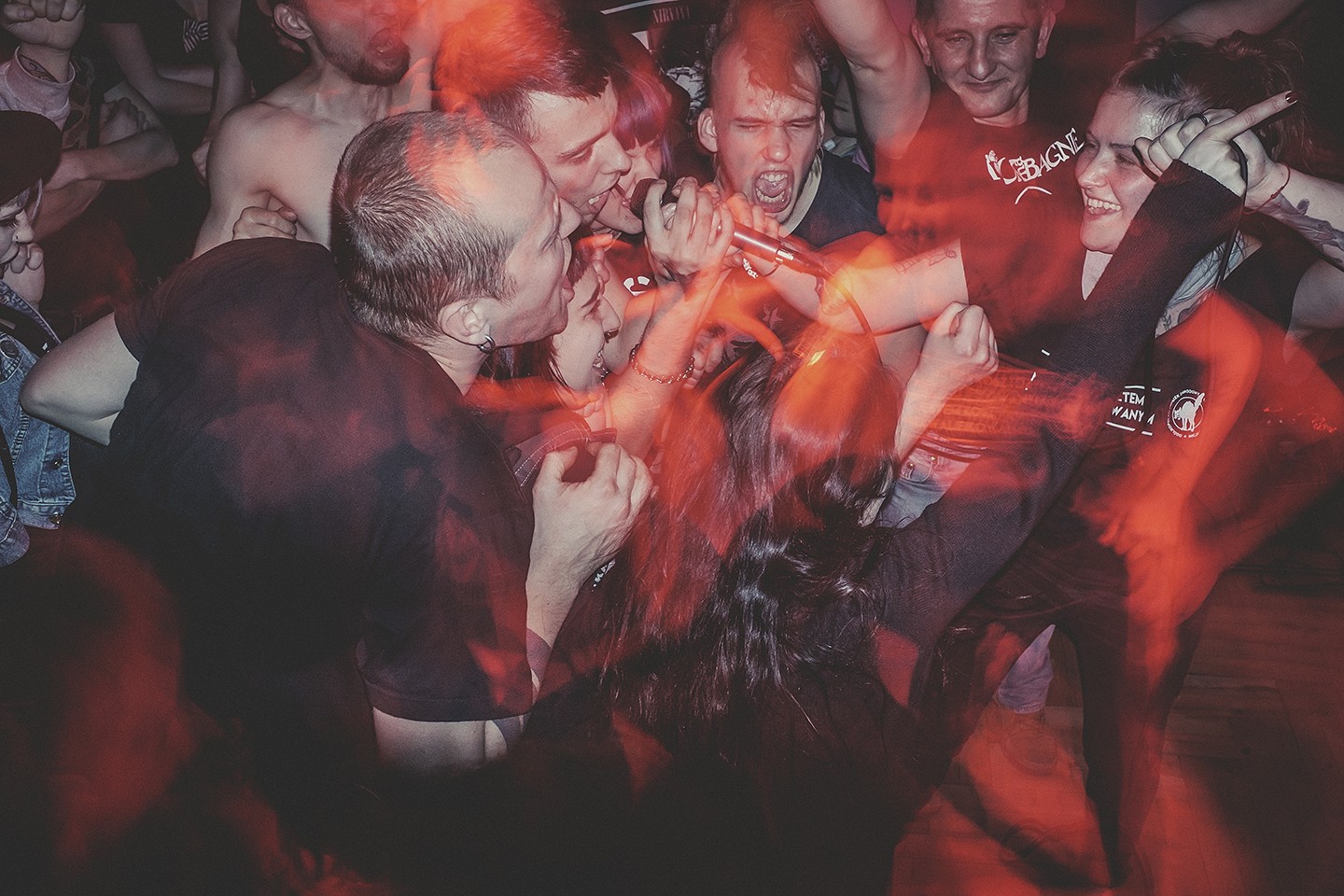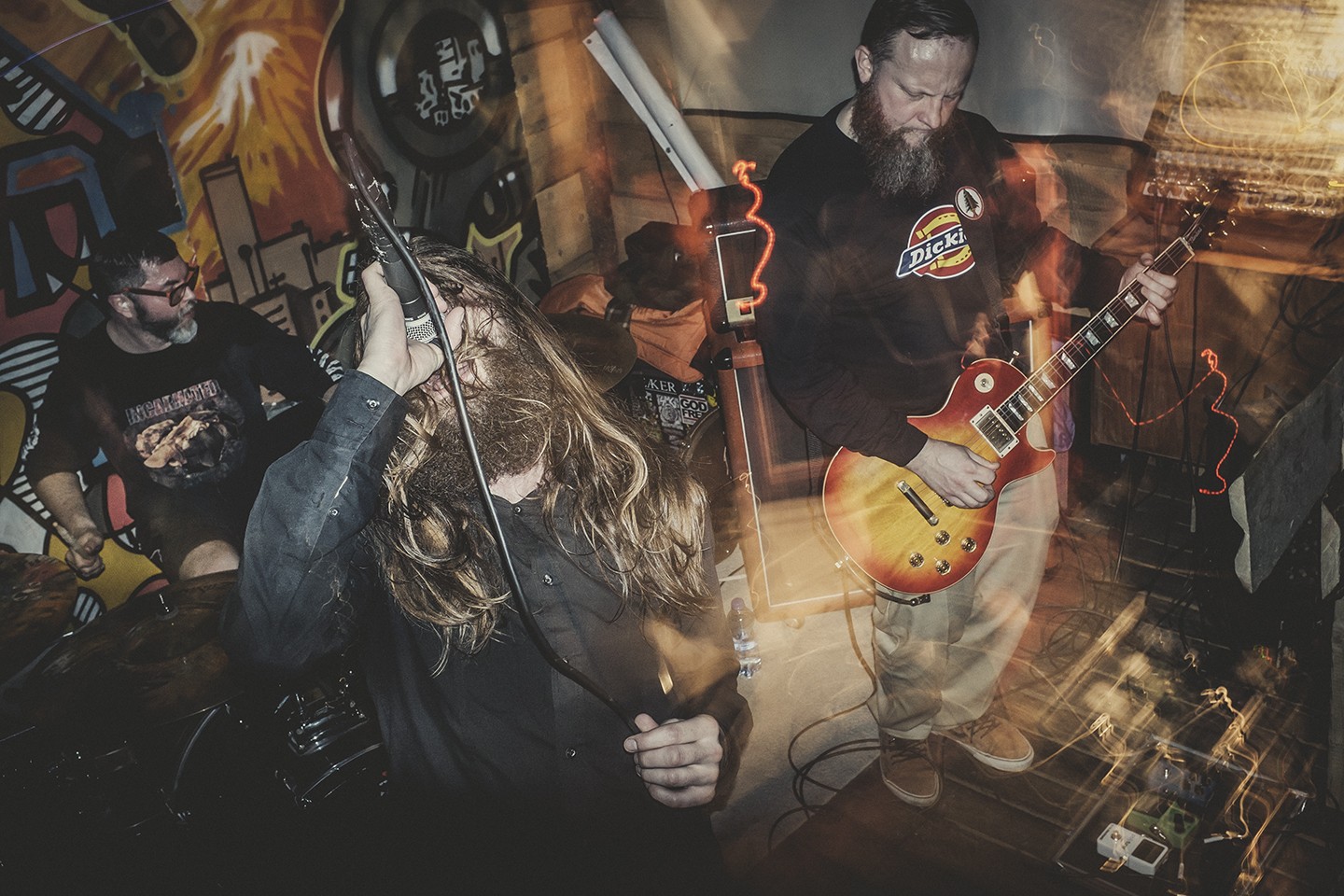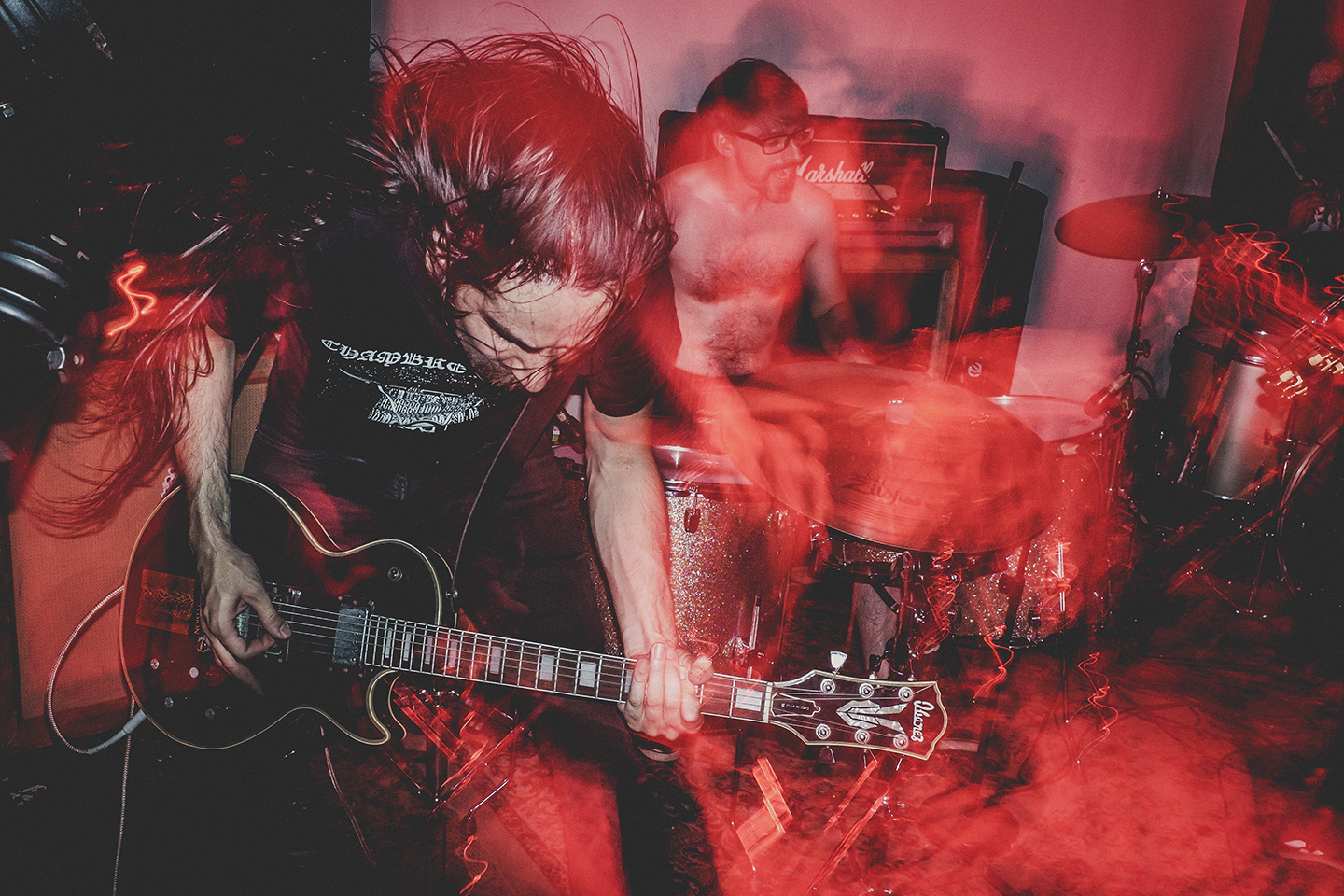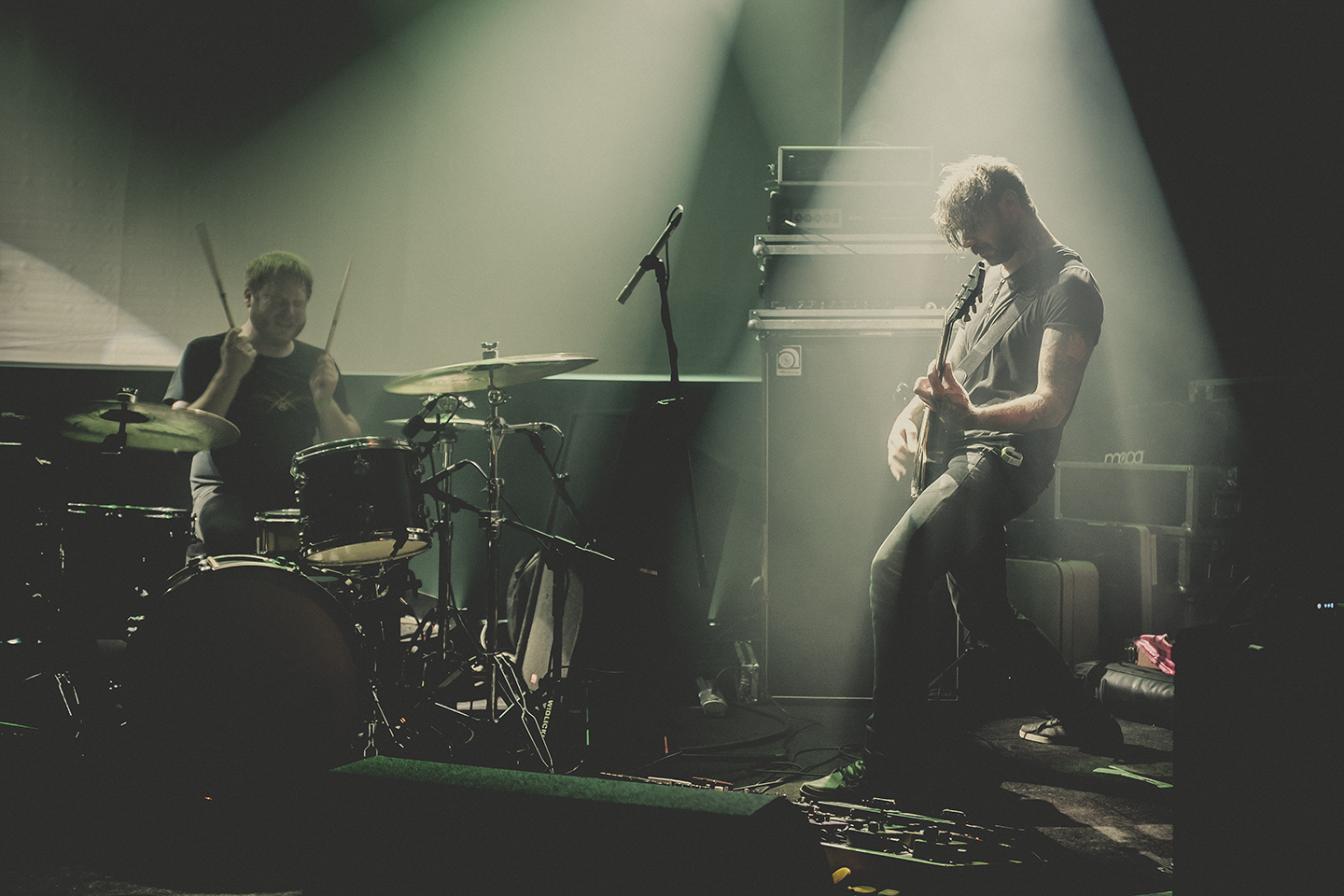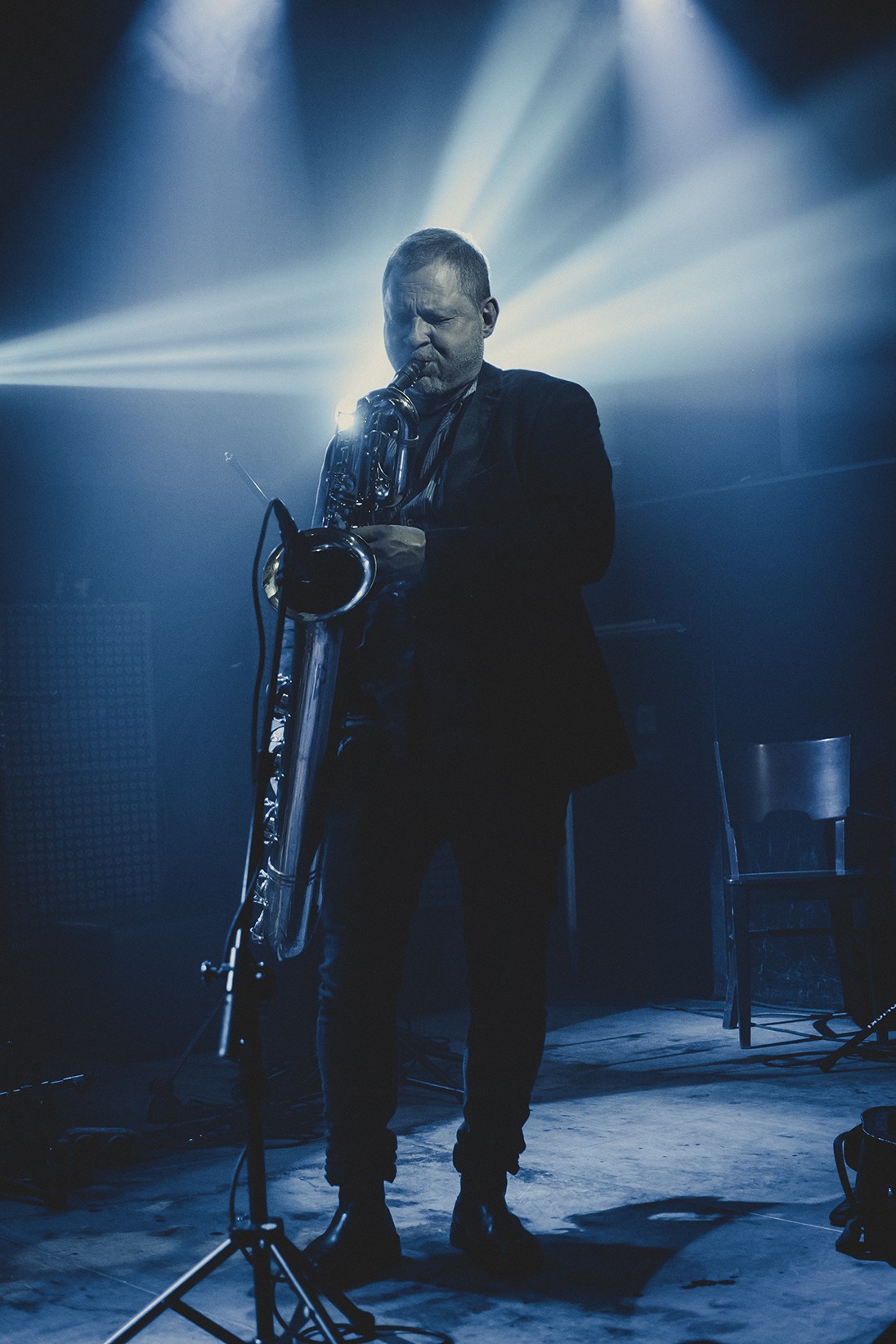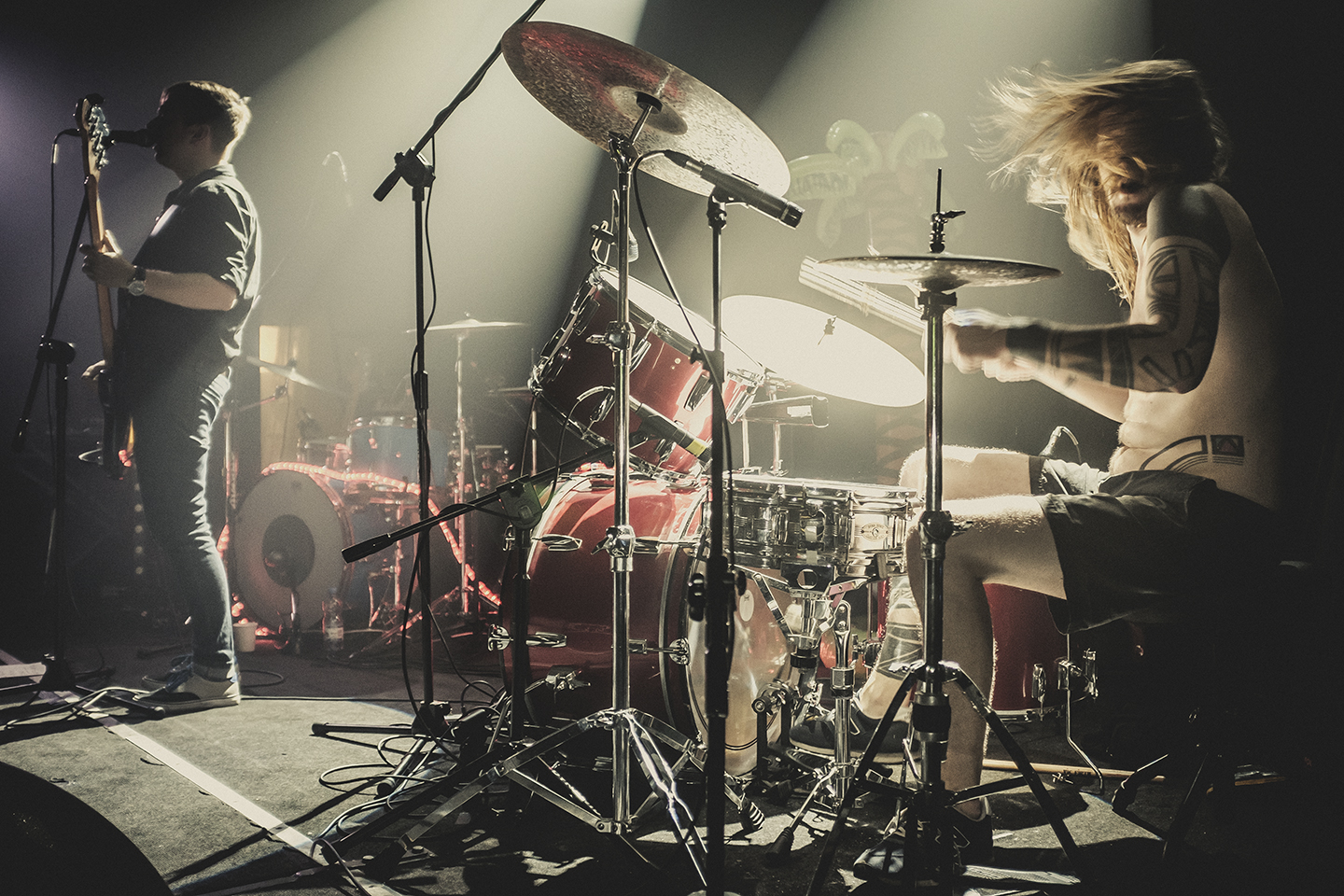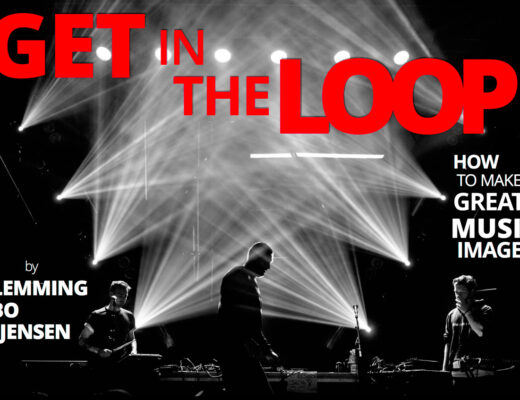Concert photography has always been one of the most demanding in terms of hardware. If we want to be prepared for all kinds of conditions and achieve the best results we have to be prepared for expenses. Firstly, we need a professional body with a vast range of ISO. Also important, are fast lenses with aperture of max 2.8 and lower. It would be perfect to have a variety of lenses so that we have everything we need – from a wide-angle lens to a tele zoom. When we have this photographic pack (coming at the same price as a good car!) we can be sure that we possess everything we need do get the perfect shot – apart from the light of course and a good eye. But can a small and fixed (in terms of lenses and specifications) camera as Fuji X100T find it’s way into concert photographer’s hands and be a part of the gear? I hope to answer this question in this article.I have been photographing concerts for the last 10 years. They have been the start of my photographing adventure because I wanted capture in a frame what I have been listening to during gigs. My first digital camera was a very simple Canon PowerShot and the most important thing about it was that there was a possibility of using the manual settings. Thanks to this I could experiment, learn faster and understand what each setting did. When I had enough money and I finally came to terms with the fact that I needed something better, I instantly bought a DSLR. Nikon was my first choice and the brand has stuck with me ever since. I had two amateur DSLRs and two full-frame professional ones.
Time went by and I was thinking of buying something smaller, something that I could always carry with me. At the same time I knew that the quality of the picture was as important as the size of the camera.
After many, many hours of searching, reading and scanning through forums and websites I have picked up an interest in the Fujifilm cameras – especially the ones from X100 series.
Finally, after comparing the S and T models in terms of autofocus and other features, I decided to invest in the X100T model. After the first shooting sessions and the amazement at the quality of the frames, I started to wonder how will my new buddy work during gigs – as it was just a compact camera so I was very eager to check out the outcome.
What is the most important thing about X100T and concert photography? It has the fixed lens and it’s equivalent of full-frame 35 mm lenses, a focal length that is not very commonly used by concert photographers – myself included. I usually use lenses that have the focal length from 50 to 110 or wide-angles like 17 – 24. how can a 35 mm from Fuji fit into that?
All my fears have been put aside as soon as I started discovering the gems hidden in that little camera. Noise while shooting with higher ISO? Yes, it’s there but it has this nice analog touch to it – probably because of the matrix and the processor used in X100T. When we’re using ISO 3200 the results are really great!
The colour profiles (with Classic Chrome being my favorite!) are really useful. Three options of light metering are great. The picture above was taken with 3200, Classic Chrome profile and spot metering.
The exposure compensation dial is a great feature of this camera and a very useful one – we only move the control and after a couple of tries we do it intuitively without even looking at the control and without digging through the menus.
The lens works great even when the aperture is set to 2.0 – the pictures are sharp and full of contrast. Autofocus – when it comes to concert photography – works well. Of course, it sometimes misses the target and has a slight problem with setting the focus, but the same thing is also happening with DSLRs when trying to nail the shot in a dark space. We can always make thing right with setting up the manual focus with a little help from a EVF and a selective magnifying the focal point. One might say that using a manual focus during gigs is very upractical and a very hard thing to do but one can pull it out – and it’s pretty useful. I use it very eagerly as it works very well and is a great way to speed up the work and make it easier.
When we’re talking about the viewfinder, I can not imagine photographing gigs without the electronic viewfinder. It’s fast, responsive and informs me of everything I want to know before nailing a frame – aperture and exposure settings included. Practically I see how photo will look when I push the shutter.
Thanks to that, rather than shooting continuously and adjusting the settings after each one (and we all know how can fast the lights change during a concert…), I take 2-3 versions of one shot because I want to be sure I captured the right moment, rather than because I couldn’t check how the picture will look like before hand. Thanks to convenient solutions like this, we can take the shoot and sent it to the world with the WiFi transmitter (which X100T has) without even editing it. A frame below serves as such an example (it’s a plain JPG out of the camera)
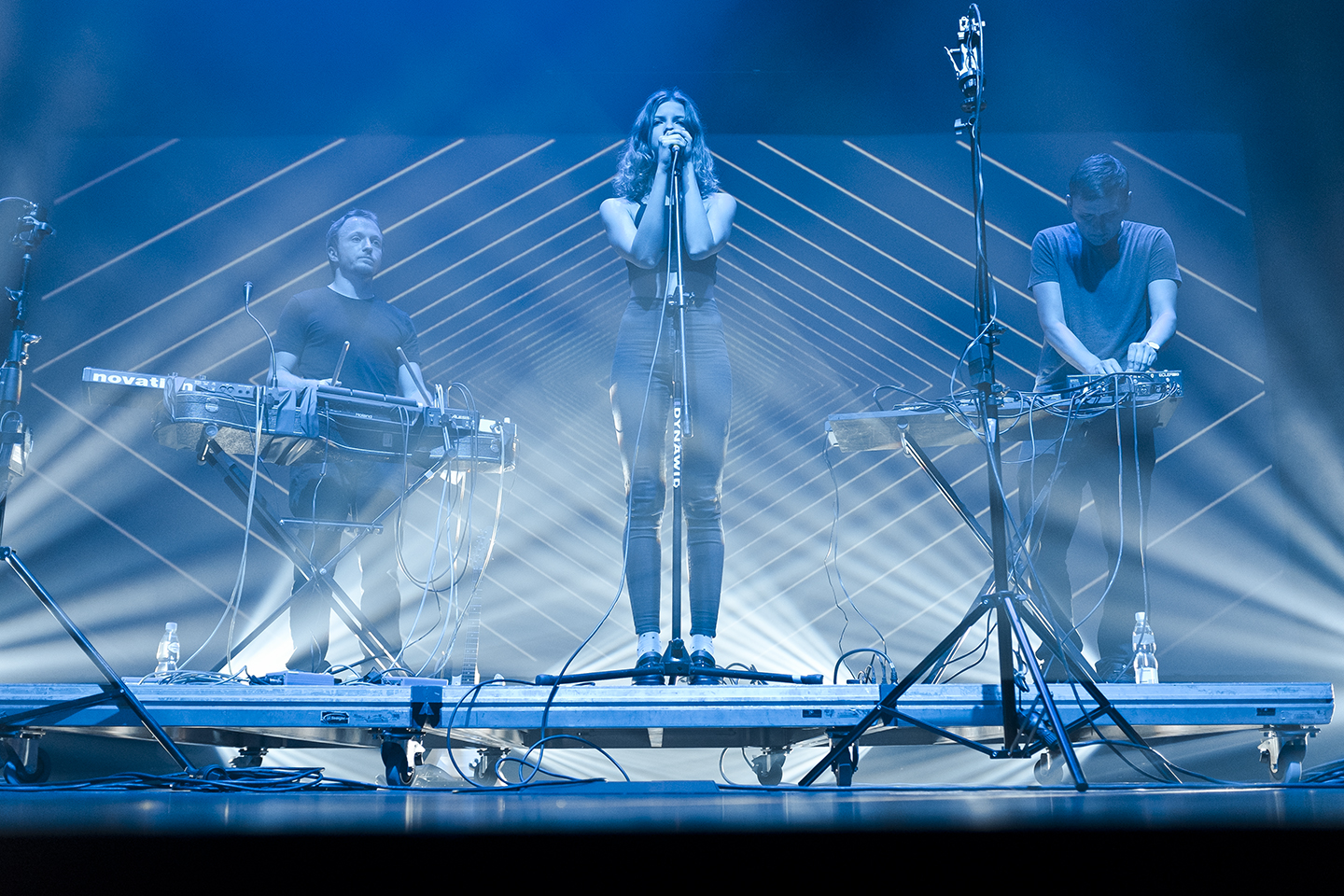
A fixed, prime lens also made me think differently about photography – and making me rethink my approach to photography in general. It still is very motivating as well as fun, but after a while I thought that I’ll have to use something else for my concert photography. This is when I turned to Fujifilm teleconverter.
Thanks to the TCL-X100 teleconverter we get the equivalent of full-frame 50 mm – a focal length that is easier to work with during concerts and, even big festival stages. What’s more – the lens does not loose any of it’s features after attaching the converter – apart form the focus length of course.
Attatching the teleconverter to the lens does not affect the value of the aperture, the sharpness and the contrast – it still gives the best results. Thanks to the TCL – X100 I could photograph the concerts during OFF Festival last summer while I was standing in the first or the second row and the effects were very good.
Of course, one cannot get the portraits, which can only be achieved when using the long lenses and cameras with interchangeable lenses. But I was well aware of that when buying the Fujifilm X100T.
When it comes to wide angle photography during concerts where it can really get tight and crowded, and we’re really close to the artists, Fujifilm helps us again with their WCL – X100. Just as the previous converter I mentioned, after it’s attached to the camera, it does not affect any of the lenses’ features.
It changes the 35 mm to a full-frame equivalent of 28 mm. Although it may not come as a big difference in the focal lengtht but trust me – it really is and gives the photographer lot of new opportunities for new shots. One of the examples is capturing the energy from the concerts with some heavier genres of music.
What I mean is taking a shot using longer exposures and a flash, which I use to „freeze” the scene. Thanks to the WCL – X100 converter and good enough flash settings that can be used (both for the internal and the external flash) photos like the one below, are possible to nail with the X100T.
We can fire the flash in many different ways – with a cable connection, radio transmitters or with the camera flash in „command” mode. Most of the pictures you can see above were shot in this way – Nikon’s SB-800 was used. Another interesting option, if we didn’t take an external flash with us is, using the „slow” mode when using with internal flash in the camera. Pictures posted below were shot in such a manner but without a wide-angle lens.
As one can see, Fujifilm X100T works really well when it comes to shooting gigs. I think it all works great because of the matrix and a very bright, prime lens – which can give great results, even when not used with a converter. If your love for shooting concerts is as big as mine, and you’re tired of constantly taking a big DSLR with you everywhere, then X100T is a little devil that you should have on mind and if you want something new in your way of photgraphing.


